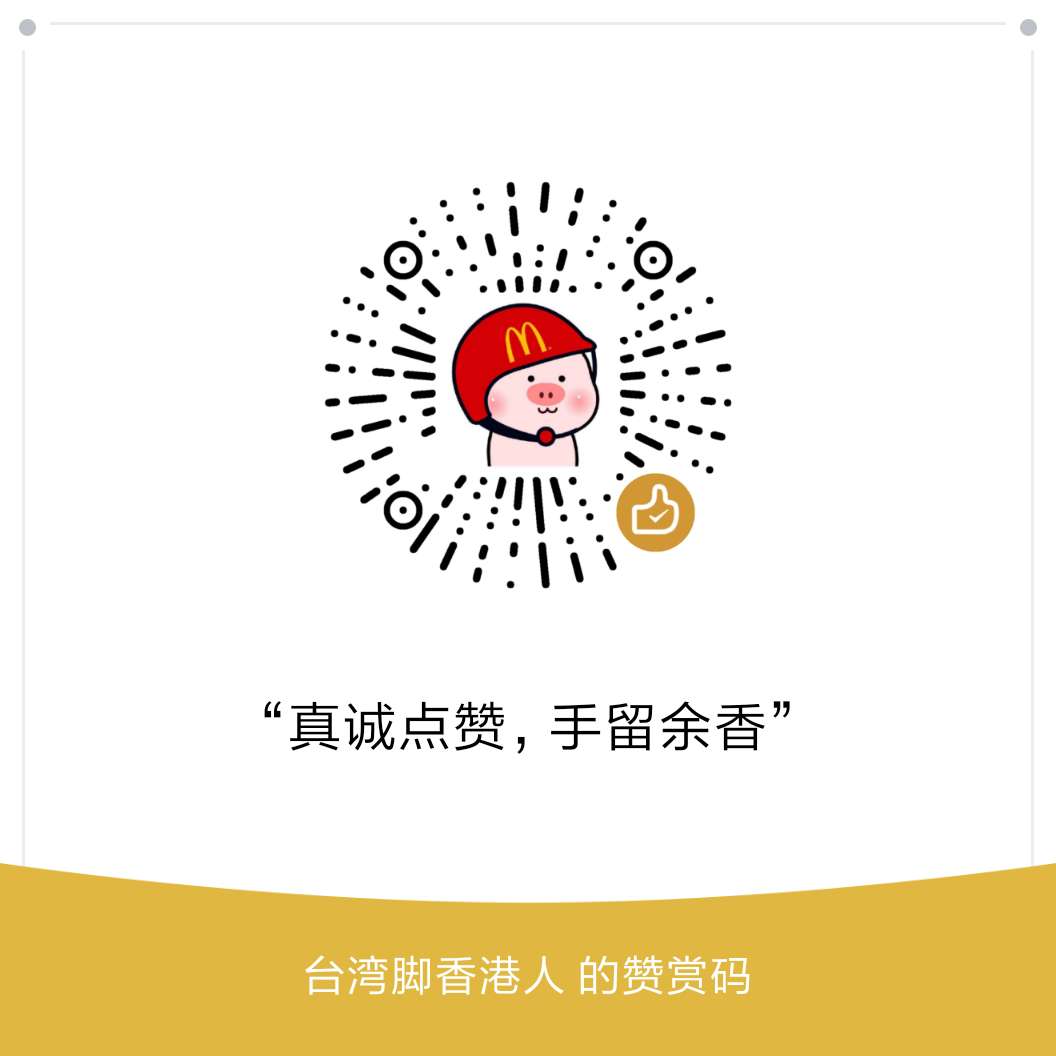###lambda表达式
在Java8中引入了一个新的操作符“->”,该操作符称为箭头操作符或Lambda操作符。
左侧:Lambda表示式的参数列表
右侧:Lambda表达式中所要执行的功能
####语法格式
#####1.无参数,无返回值()-> System.out.print(“Hello Word”);
示例如下:
@Test
public void test1(){
Runnable r = new Runnable() {
@Override
public void run() {
System.out.print("Hello Word");
}
};
r.run();
System.out.print("===============================");
Runnable r1 = () -> System.out.print("Hello Word");
r1.run();
}
#####2.一个参数,无返回值(x)-> System.out.print(x);
@Test
public void test2(){
Consumer<String> con = (x) -> System.out.println(x);
con.accept("Hello Word");
}
如果只有一个参数,无返回值可以省略小括号不写。
#####3.两个参数,有返回值,并且有多条执行语句
@Test
public void test3(){
Comparator<Integer> com = (x,y) ->{
System.out.println("函数式接口");
return Integer.compare(x,y);
};
int max = com.compare(4,5);
System.out.println(max);
}
#####4.如果只有一条返回语句
@Test
public void test4(){
Comparator<Integer> com = (x,y) -> Integer.compare(x,y);
}
#####4.lambda表达式中的参数类型可以省略不写,JVM可以根据上下文推断出类型
####Lambda表达式需要函数式接口的支持。
###函数式接口
接口中只有一个抽象方法的接口,就叫函数式接口。可以使用注解@FunctionalInterface检查是否为函数式接口。
@FunctionalInterface
public interface MyPredicat <T>{
public boolean test(T t);
}
示例如下:
1.定义一个函数式接口
@FunctionalInterface
public interface MyFun {
public Integer getValue(Integer num);
}
2.定义一个方法,方法的参数为函数式接口
public Integer operation(Integer num,MyFun mf){
return mf.getValue(num);
}
3.使用Lambda表达式
@Test
public void test5(){
Integer num = operation(100,(x)-> x*x);
System.out.println(num);
}
Lambda表达式左侧是函数式接口的参数,右侧是函数式接口的实现。
####Lambda练习
将集合中的员工排序,按照年龄从小到大排序,如果年龄相同就按照名称排序
public class TestLambda {
List<Employee> emps = Arrays.asList(
new Employee("张三",13,9999.99),
new Employee("李四",67,444.44),
new Employee("王五",45,55.55),
new Employee("赵六",45,6666.66)
);
@Test
public void test1(){
Collections.sort(emps,(e1,e2) -> {
if(e1.getAge() == e2.getAge()){
return e1.getName().compareTo(e2.getName());
}else{
return Integer.compare(e1.getAge(),e2.getAge());
}
});
for(Employee emp:emps){
System.out.println(emp);
}
}
}
练习二,对字符串进行处理
1.申明一个函数式接口,用于处理字符串
@FunctionalInterface
public interface MyFunction {
public String getValue(String str);
}
2.申明一个处理字符串的方法,返回处理后的结果
public String strHandle(String str,MyFunction mf){
return mf.getValue(str);
}
3.调用处理方法,使用Lambda表达式实现字符串的不同处理
@Test
public void test2(){
//将传入的字符串做去除空格处理
String trimStr = strHandle(" \t\t\t\tHello Word",(str) -> str.trim());
System.out.println(trimStr);
//将传入的字符串做大写转换处理
String uper = strHandle("abce",(str) -> str.toUpperCase());
System.out.println(uper);
//将传入的字符串做截取处理
String subStr = strHandle("我要好好学习,成为一个大神",(str) -> str.substring(1,5));
System.out.println(subStr);
}
练习三,计算两个long型参数做处理
1.声明一个函数式接口
@FunctionalInterface
public interface MyFunction2 <T,R>{
public R getValue(T t1,T t2);
}
2.定义处理方法
public void operator(Long l1,Long l2,MyFunction2<Long,Long> mf){
System.out.println(mf.getValue(l1,l2));
}
3.使用Lambda表达式
@Test
public void test4(){
operator(100L,200L,(x,y) -> x+y);
operator(100L,200L,(x,y) -> x*y);
}
####总结
从上述代码中,我们可以看出Lambda表达式的好处,但是我们会发现,每次使用都会新建一个函数式接口,增加了很多麻烦,所以,Java8给我们增加了很多函数式接口,将在下一pain博客中学习。




